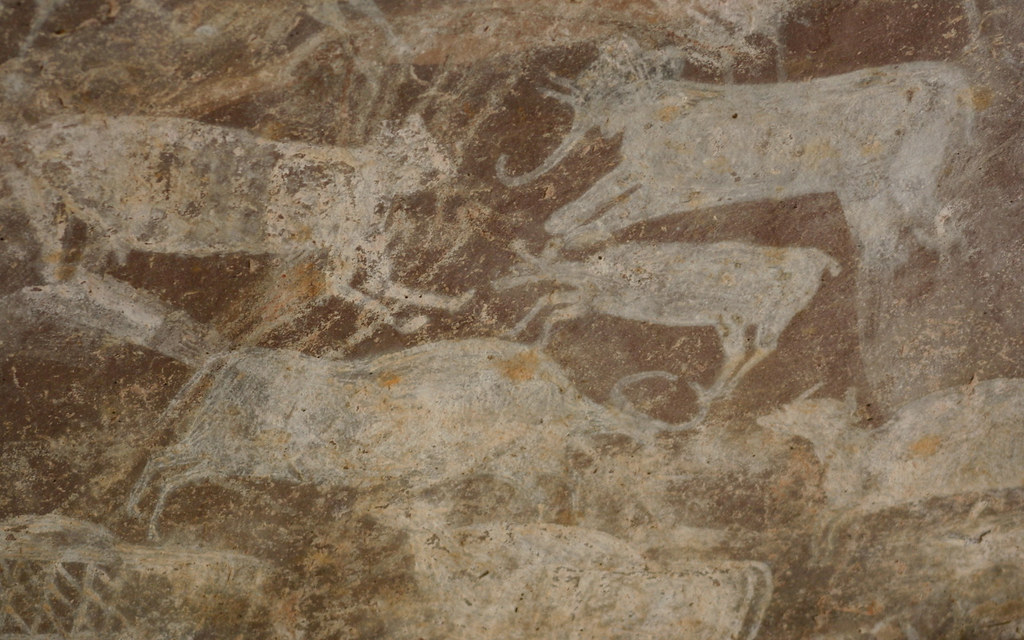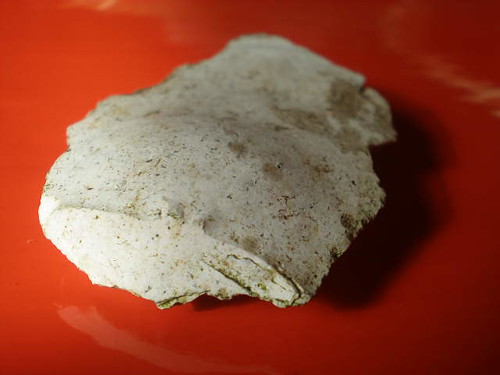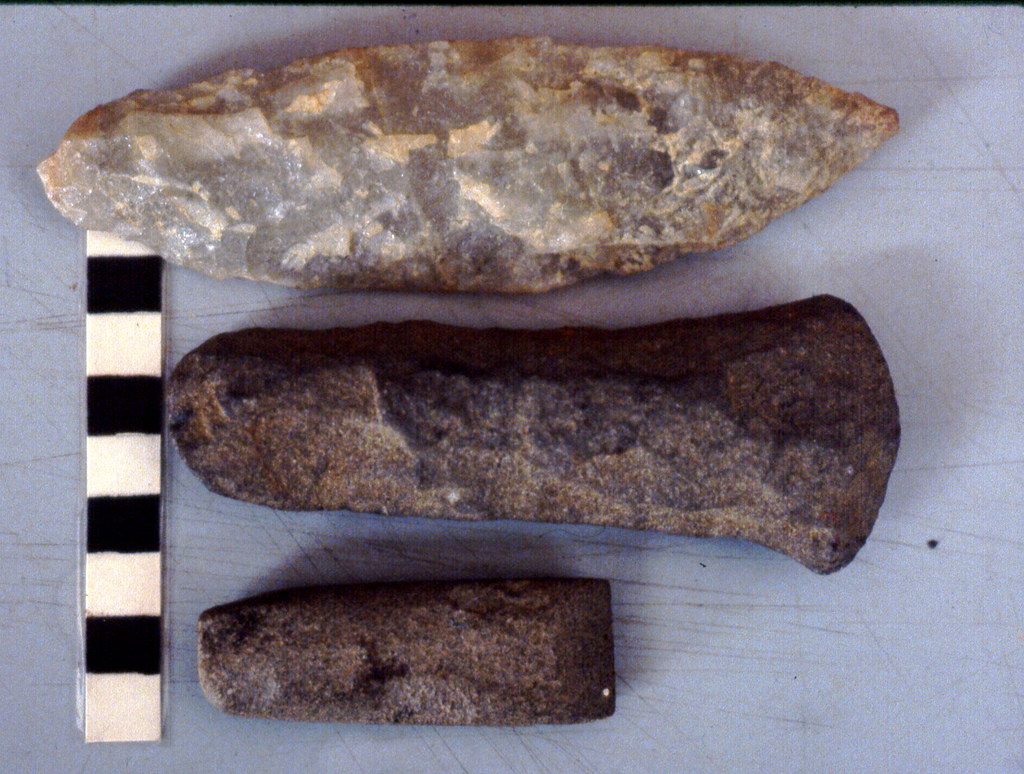Ancient stone tools and other artefacts allow us to understand how early-human objects were conceived, how people lived and interacted with each other and their surroundings.

Image source:https://search.creativecommons.org/photos/be12ce9f-1994-4899-bdee-51789bb6f3c4 by colours of pakistan

Image source: https://en.wikipedia.org/wiki/Stone_Age
Stone Age time coordinates
The Stone Age indicates the large period during which stone was widely used to make utensils. So far, the first stone tools have been dated around 2,6 million years ago. The end is set at the first use of bronze around 3,300 BCE. Stone was not the only material used for tool making, yet it was the most durable one when it came to decaying and thus survived better than the others.

Image source: https://search.creativecommons.org/photos/965e5bee-05f9-48bc-b6ba-c8ca95d7bd1e
Some Stone Age Facts
Early in the Stone Age, humans lived in tiny, roaming groups. During this period, the Earth was in the middle of an Ice Age.
Stone Age humans hunted large mammals, such as mammoths, giant bison and deers. They used stone tools to cut, weight and crush, earning better skills at extracting meat and other nutrients from animals and plants than their ancestors.
Around 14,000 years ago, Earth entered a warmer time and many of the large Ice Age animals were extinct. In the Fertile Crescent, a boomerang-shaped region surrounded on the west by the Mediterranean Sea and the east by the Persian Gulf, wild corn and cereal became abundant as it got warmer. Humans started to build houses. They changed the nomadic lifestyle for farming.

Image source: https://search.creativecommons.org/photos/16d86fa3-ae80-40c1-85e6-88873ec1d6d4 by arnybo

Image source: https://search.creativecommons.org/photos/4aa0f57a-08d3-4180-a912-24dce649b76a by Nagarjun
Early Stone Age Tools
The first production of stone tools dates back to about 2.6 million years ago. The oldest stone utensils, called the Oldowan toolkit, consist of:
• Hammerstones that show signs of beatings on their surfaces
• Stone cores that show flake marks along the edges
• Sharp stone flakes that allow to have cutting edges, along with lots of debris from percussion flaking.

Image source: https://search.creativecommons.org/photos/da45c031-7209-430d-9079-b8e77f275d17 by Stepheye
By about 1.76 million years ago, early humans began shaping larger stones to create sharper objects for cutting purposes, like new kind of tools called handaxes. These utensils and other types of ‘large cutting tools’ characterize the Acheulean toolkit. These toolkits were made for an immense period, ending by around 400,000 to 250,000 years ago.

Image source: https://search.creativecommons.org/photos/848eca6a-713b-43aa-b3a4-a8b82267ff32 by quinet
Middle Stone Age Tools
Between about 400,000 and 200,000 years ago, stone shaping techniques began to increase. One of the main innovations was the application of the “prepared core technique”, in which a core was particularly flaked on one side so that a flake, predetermined in size and shape, could be produced in a single cut.

Image source: https://search.creativecommons.org/photos/adb20f72-2cf0-4a8e-b61f-f973de238d23 by Gary Lee Todd, Ph.D.
Middle Stone Age toolkits included spikes, which could be hafted on to shafts to make spears. They could be attached to smaller, sleeker shafts to create darts, arrows, and other weapons. Stone awls could have been used to perforate hides and scrapers were useful in preparing hide. Moreover, wood and other materials were used in this period.
Later Stone Age Tools
During the Later Stone Age, the speed of innovations grew. In addition to stone, people experimented with different raw materials (bone, ivory and antler). The level of craftsmanship increased, and Homo Sapiens groups searched for their own unique cultural identity and adopted their ways of creating objects. The toolkits of Later Stone Age were diverse and reflected the cultural diversity of the earlier times, such as for example, ‘Upper Paleolithic’ toolkits in Europe
and ‘Late Stone Age’ toolkits in Africa.

Scale in centimetres. Photo taken January 16, 1982 at the IFAN Museum, Dakar, Sénégal. Collected by J. Joffre.
Image source: https://search.creativecommons.org/photos/8e4e28df-1bec-4617-a826-64bc786237f8 by gbaku
Info sources:
https://www.history.com/topics/pre-history/stone-age
https://www.britannica.com/event/Stone-Age/Europe#ref52343
https://humanorigins.si.edu/evidence/behavior/stone-tools
https://sciencing.com/list-neolithic-stone-tools-8252604.html
